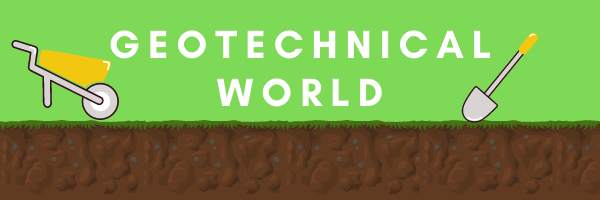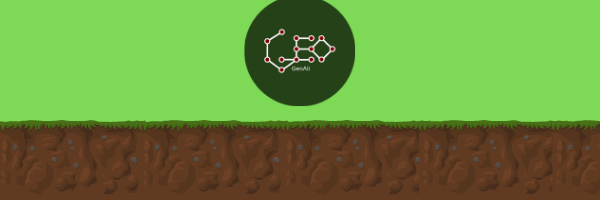Geotechnical Considerations for Structural Design
In their natural state, a site's ground conditions are highly variable. Unlike the behaviour of construction materials, the composition of the ground will differ over short distances, and various environmental stressors such as drainage and site history have a significant effect on how the ground can respond to new construction and development pressures.
Geotechnical engineering is an integral part of civil engineering, and faults in engineering projects are often linked to the ground. However, proper consideration of the ground conditions combined with a detailed geotechnical assessment may help avoid costly issues.

Ground compositions
The ground is made up of soft soils, which makes construction difficult. The loading on the ground changes as a site is developed, changing the stress state and potentially exacerbating these issues that are not immediately apparent without a thorough investigation. This has the potential to cause ground movement and cause problems for structures constructed on the site. Any potential problems can be accounted for in the foundation design by thoroughly understanding the ground conditions and assessing additional loads and potential impacts on the ground.
Ground Stability
Over a long period of time, the climate, especially unusually high rainfall, can have a major impact on the soil. To prevent potential accidents, surface and groundwater drainage conditions, as well as the effects of construction, must be fully understood and controlled. Slopes, for example, can often endure adverse weather conditions in the short term, but the ground conditions can change significantly over time, often with significant consequences. Geotechnical concepts will aid in the planning of the long-term effects of various weather conditions.
Geological Voids
Over time, voids can form in the earth. Any rock deposits can dissolve, leaving a void and posing a major problem for new projects, depending on the composition of the soil, underlying bedrock, and water conditions. From the desk analysis to the field inquiries, the potential for ground voids and/or dissolution features is evaluated.
Ground History
The history of land can provide valuable insight into how it will react to increased development pressure. For example, in areas where coal mining has traditionally occurred, there is a risk of the ground collapsing due to cavities, as well as mine waste's possible instability. Other possible problems that can be found in previous mining areas include toxic ground gases, polluted water, and the possibility of underground fire. From the desk review to the field inquiries, the scope for mineworks and other historical ground operation is evaluated.
Ground Movement
Excavation of basements, tunnelling, foundation loadings, and clay shrinkage and swelling are just some of the causes of ground movements. Potential ground movement that could occur as part of a new construction can be modelled using specialised computer software. This will determine the effect of the construction on nearby houses, structures, and buried properties, allowing mitigation measures to be implemented.
Impact of development
New construction will have a major effect on the land and its surroundings. We will detail pragmatic and cost-effective solutions to potential problems caused by land development by conducting detailed ground investigations, evaluations on issues such as flood risk, and careful preparation early in the project. Investment in a customised strategy, as well as investment in the suitability of ground conditions prior to the start of construction work, will, in the long run, avoid costly issues.

